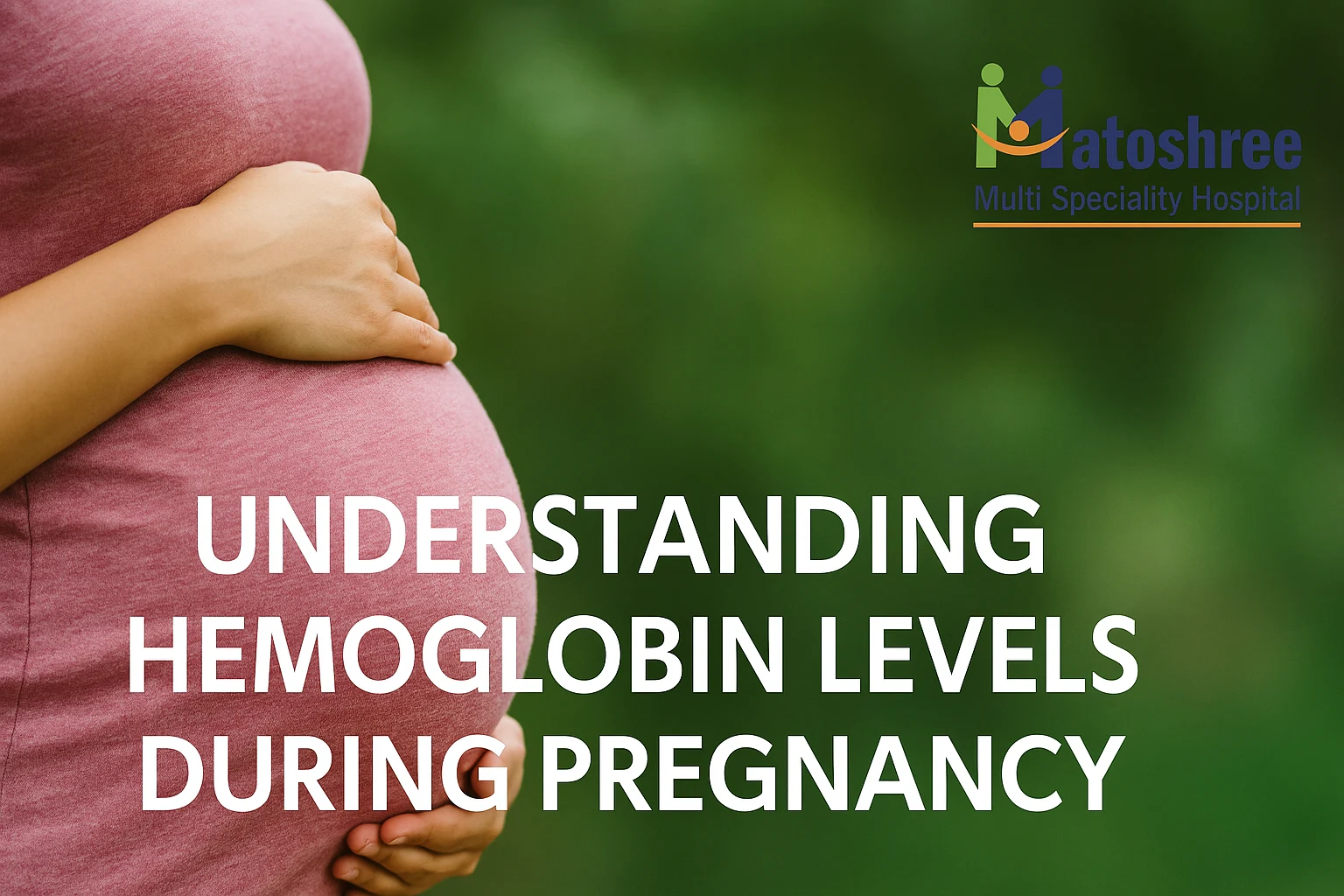Understanding Hemoglobin Levels During Pregnancy: Importance and Natural Ways to Maintain Healthy Levels

Monitoring your hemoglobin levels regularly by doing blood tests can catch and treat anemia meaning in marathi before it becomes a bigger problem. Pregnancy is a beautiful thing, but it comes with its own set of baggage of issues—and keeping your hemoglobin levels is one of those. Hemoglobin or Hb is a protein in your red blood cells that transfers oxygen from your lungs and to the rest of your body. Your body requires extra blood during pregnancy to help fuel your developing baby, so it is very important to monitor your pregnancy Hb level.
What is a Normal Hemoglobin Level in Pregnancy?
Among the most common queries of pregnant women is: What is a normal hemoglobin reading in pregnancy?
In general, it's defined by the World Health Organization (WHO) as:
- First and Third Trimesters: Hemoglobin should ideally be above 11 g/dL.
- Second Trimester: A slightly lower level of 10.5 g/dL is normal.
Maintaining your hb levels during pregnancy at these ensures both you and your baby get enough oxygen for proper development.
Understanding 8.5 Hemoglobin Level During Pregnancy Third Trimester
If your hemoglobin level in a blood test is 8.5 g/dL in the third trimester, it is low. It may lead to moderate anemia, which can produce weakness, dizziness, or tiredness. Most importantly, it can increase the risk of preterm labor, low birth weight, and postpartum complications.
The good news? With the right strategy, you can boost your hemoglobin level naturally and safely.
Natural Ways to Raise Hemoglobin During Pregnancy
Eat Iron-Rich Foods
Eat leafy greens, lentils, beans, lean meat, and cereals that are fortified with iron. Iron is an important block in hemoglobin formation.
Add Vitamin C
Eat fruits like oranges, strawberries, tomatoes, and bell peppers. These will enable your body to better absorb iron.
Don't Forget Folic Acid
Folic acid supports red blood cell formation. Leafy greens, avocado, and fortified grains are good options.
Restrict Iron Blockers with meals
Coffee, tea, and foods with calcium will prevent iron from being absorbed. Have them apart from iron-containing meals.
Stay on Top of Prenatal Check-Ups
Regular blood testing allows tracking your birth hb during pregnancy. If your levels happen to be low, your physician can issue tablets of iron or other measures.
Final Thoughts
This is the time to be particularly cautious about your health, and hemoglobin is an important part of this. Your awareness of the pregnancy Hb level and keeping it at a normal level can prevent complications and guarantee your energy. If your hemoglobin is 8.5 in the third trimester, do not panic but do something with diet, lifestyle adjustment, and your healthcare professional's advice.
With proper care, you can keep both yourself and your baby healthy and cheerful throughout your pregnancy.
FAQs
1. What is the normal hemoglobin level during pregnancy?
Normal hemoglobin levels in pregnancy usually range from 11 to 13 g/dL, but values may vary slightly depending on the trimester.
2. Why is hemoglobin important during pregnancy?
Hemoglobin helps transport oxygen to both mother and baby. Low levels can lead to anemia, fatigue, and pregnancy complications.
3. What are the symptoms of low hemoglobin in pregnancy?
Common symptoms include tiredness, weakness, pale skin, dizziness, and shortness of breath.
4. How can I increase hemoglobin naturally during pregnancy?
Eating iron-rich foods (spinach, legumes, red meat, fortified cereals), pairing them with vitamin C-rich foods, and staying hydrated can help boost hemoglobin naturally.
5. What happens if hemoglobin is too low during pregnancy?
Very low levels may increase the risk of preterm birth, low birth weight, and complications during delivery, making treatment important.
6. Which foods should pregnant women eat to maintain healthy hemoglobin levels?
Good options include leafy greens, beetroot, dates, eggs, lentils, poultry, and fortified grains, along with vitamin C sources like oranges and tomatoes to enhance iron absorption.





















 (1).png)